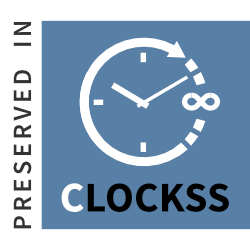Molecular Modeling of Cytochrome P450 1A1 using the newly Crystallized Template structure of CYP1A2-Human
DOI:
https://doi.org/10.53992/njns.v1i1.30Keywords:
CYP1A1, Homology Modelling, CYP1A2Abstract
Cytochrome P450 enzyme family plays significant roles in carcinogenesis and xenobiotic detoxification. CYP1A1 is the P450 family 1 enzyme preferably expressed extrahepatically and participates extensively in monooxygenase activity which can either change the substrate to normal or carcinogenic metabolites, having the ability to initiate oncogenesis in lung and breast. Variegated structural properties evident in the prosites of available Cytochrome P450 (CYP) structures show versatility among CYP catalyzed reactions. In order to understand the CYP1A1 functions, hypothesized homology model has been constructed and characterization of the active site was performed by identifying important residues using docking studies and pharmacophore analysis. Model of CYP-1A1- Human has been constructed using the available crystal structure of CYP-1A2- Human. Active site and entry site of CYP-1A1 was found to be more compact than CYP1A2. Difference of wildtype CYP1A1 against its polymorphisms shows the role of mutations in active site architecture, which explains that the M2 and M4 mutations in CYP1A1 have no possible significant roles in the substrate binding and orientation for detoxification or carcinogenic activation. Different ligands including A- naphthoflavone (ANF), Ethoxyresorufin, Theophylline, Tamoxifen, Ethanol, Phenacetin and Hesperetin were docked and reconfirm the ligand specific wet lab studies.




